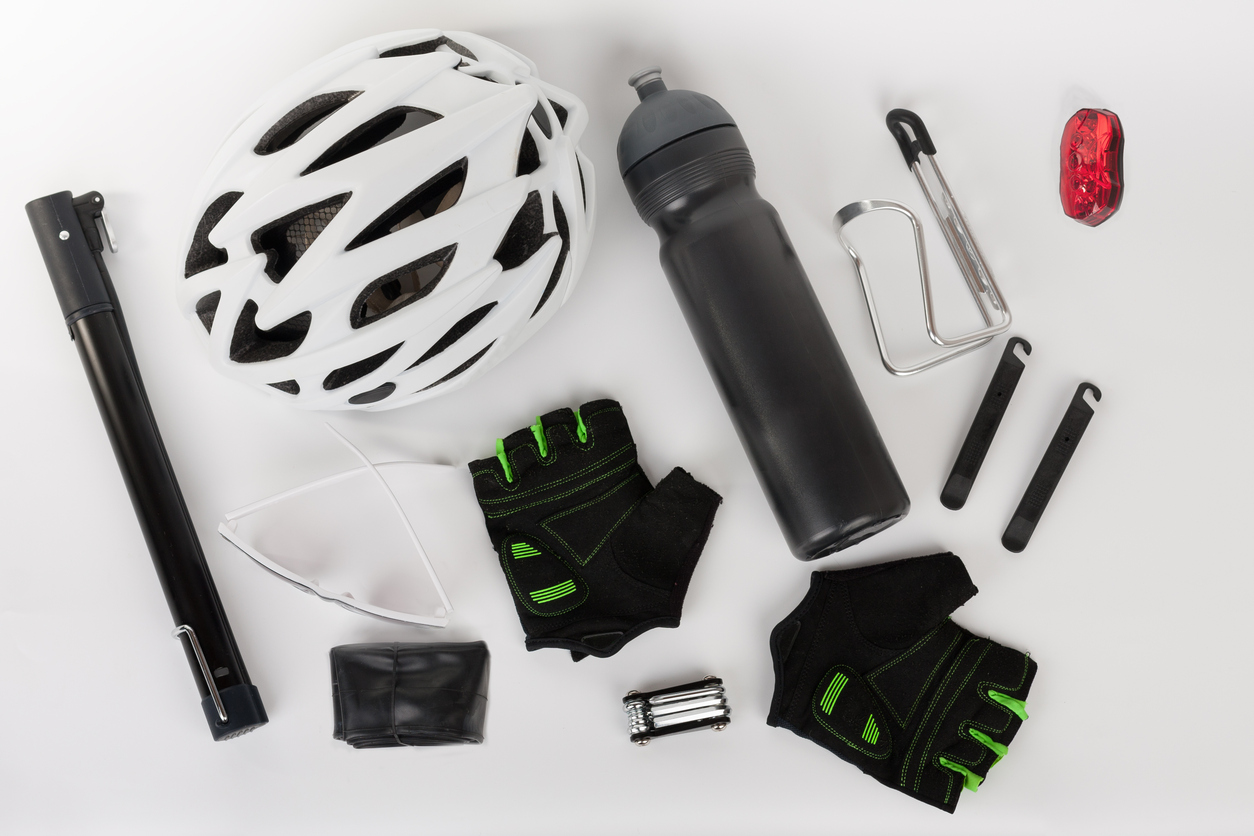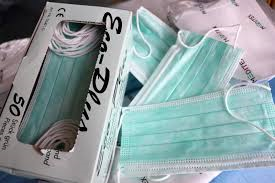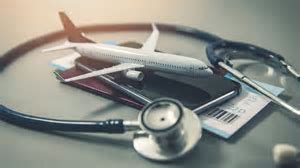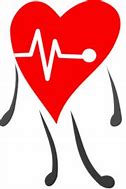
Bicycle Safety
Bicycling is a popular summer activity. Many people make it their primary form of exercise, while others take the opportunity to leave the car at home and ride to work. Whether it’s for enjoyment, exercise, or commuting, more bikes on the road mean both cyclists and motorists must watch out for everyone’s safety. The number of cycling deaths each year is small but many of these tragic accidents could easily be avoided. Check out this list of safety tips before your next ride:
Headgear: The most common injury that occurs in a bike crash is a head injury. Be sure to start every single ride by putting on a well-fitting helmet. Look for a helmet that meets the US Consumer Product Safety Commission (CPSC) standard, the helmet should have a sticker certifying that it meets the standard. Studies have shown that expensive CPSC certified helmets did not perform better than cheaper ones. Also, remember that bike helmets are good for one crash only, so be sure to replace yours if you’ve had a crash.
Bikes are vehicles: One-third of bike crashes with a car involve a biker going the wrong way. In Wisconsin and elsewhere, bicycles are considered vehicles. This means cyclists should follow all the rules of the road just like a car. Obeying the rules of the road is a safety measure because it makes your movements predictable to motorists.
Don’t mix bikes with alcohol: This may seem obvious but one-third of bike crashes with a car involve someone who was intoxicated. Avoid the use of alcohol when biking just as you would when driving a car.
Be Seen: Sixty percent of adult bike crashes involving a car are due to motorist error. To increase the chance of being seen wear bright colors or consider gear such as a reflective vest. Of course, in addition to bike lights, reflective gear is important at night when bikes are particularly hard to see. Most bike crashes involving a car occur when the motorist is making a left turn. In these instances, the motorist is not expecting and not looking for a bicycle. Proper lane positioning can help make you more visible to motorists. On most streets, ride on the right side of the lane with three feet of clearance from the curb or parked cars, or if available, use the designated bike lane. In other words, don’t hug the curb. The three-foot clearance keeps you visible to motorists and keeps you out of range of opening car doors. Also, avoid weaving in and out between parked cars. On more narrow streets where this kind of clearance is not available ride in the middle of the lane.
Child Safety: Ninety percent of bike crashes involving children are due to child error. Children need to develop their bicycling skills and learn the rules of the road to be safe. They can start to learn on sidewalks with adult supervision but once they develop their skills they should take to the road.
A little bit of equipment and training go a long way toward improving your safety while you enjoy riding your bike this summer.
Sources:
https://www.nhtsa.gov/road-safety/bicycle-safety http://wisconsindot.gov/Pages/safety/education/bike/default.aspx
https://helmets.org/



